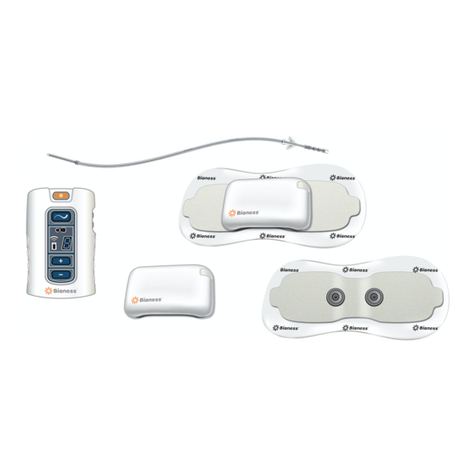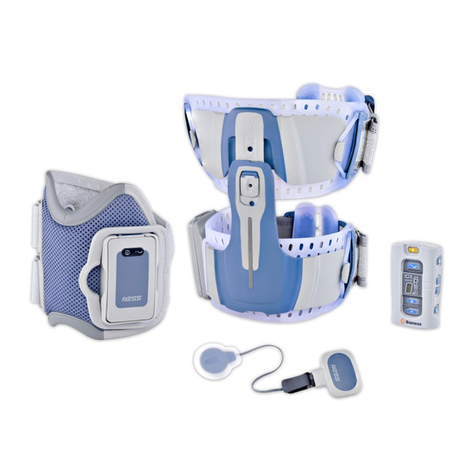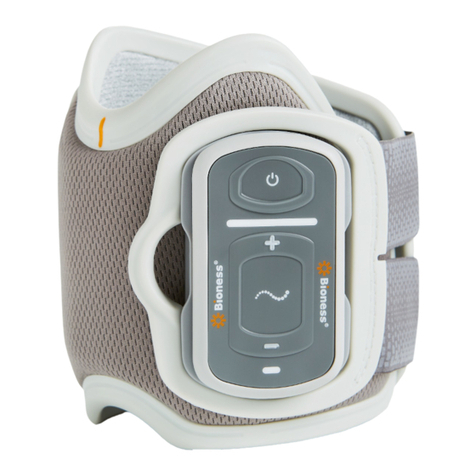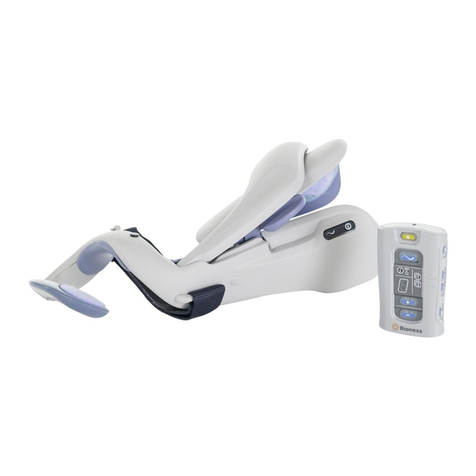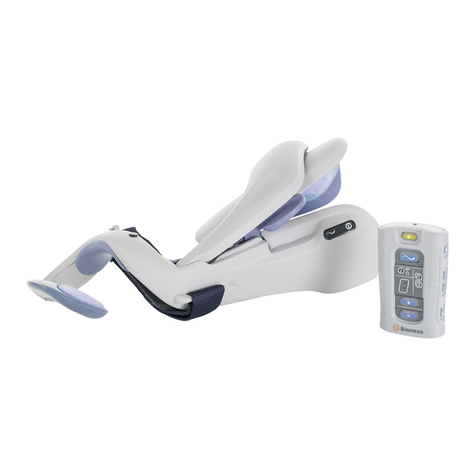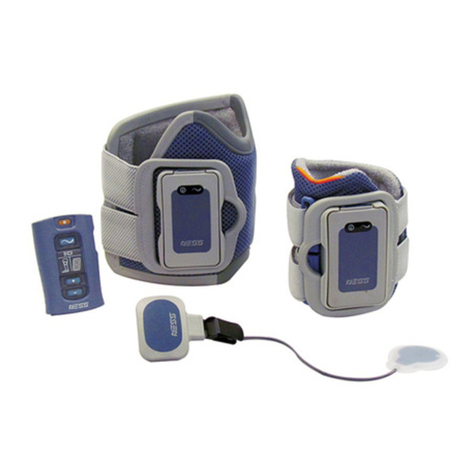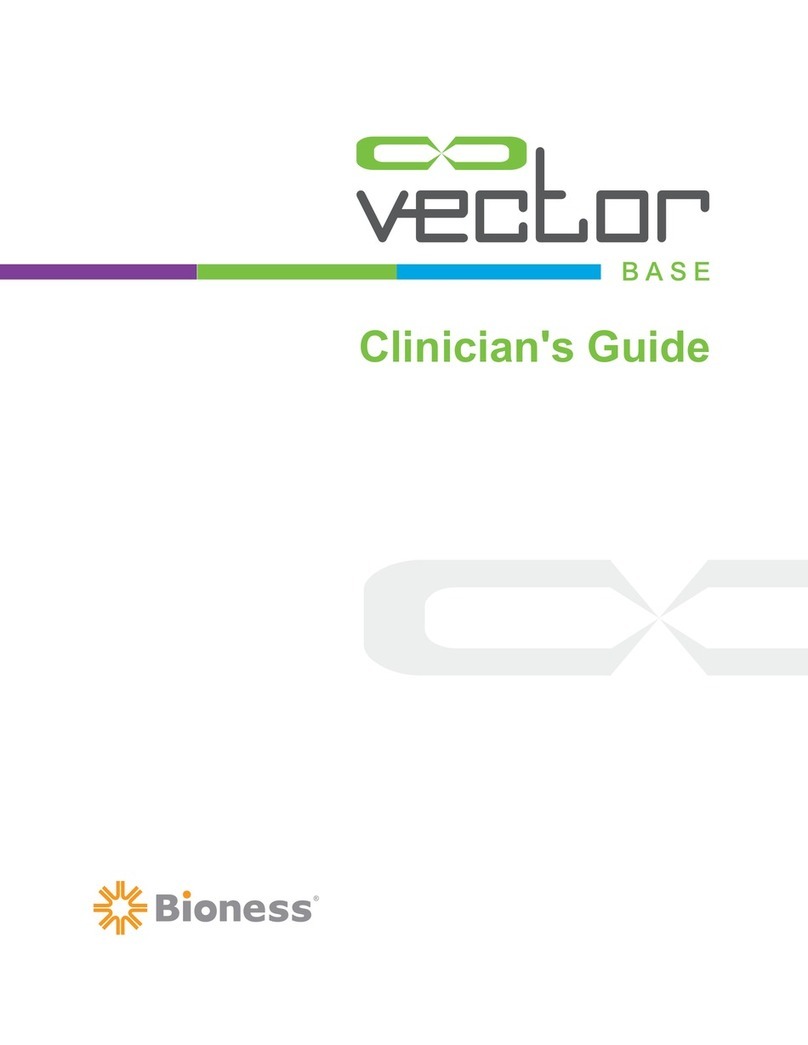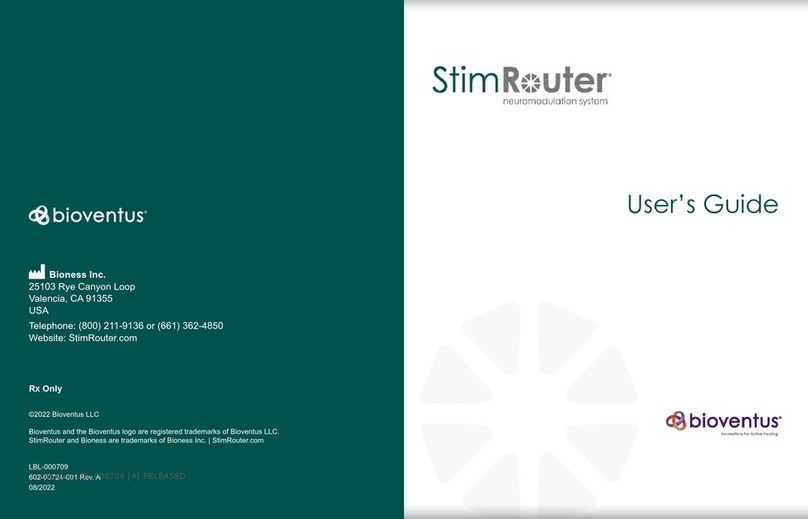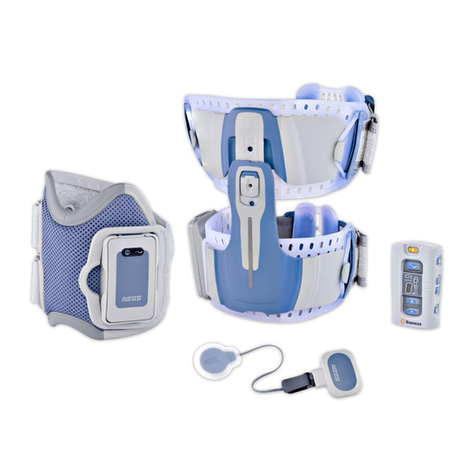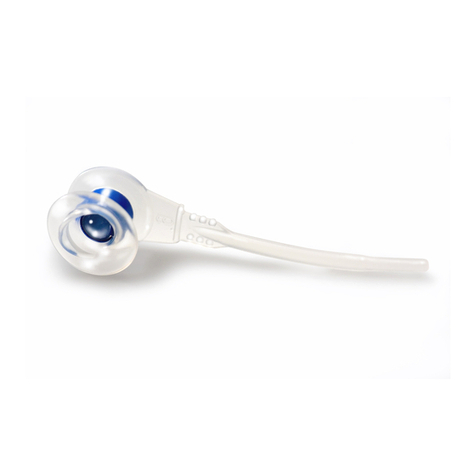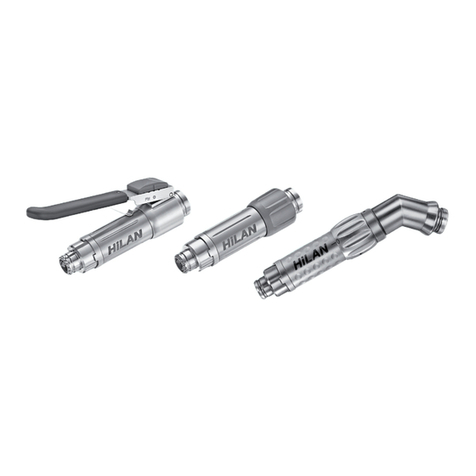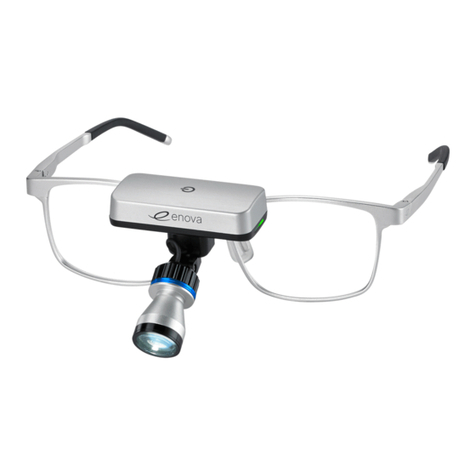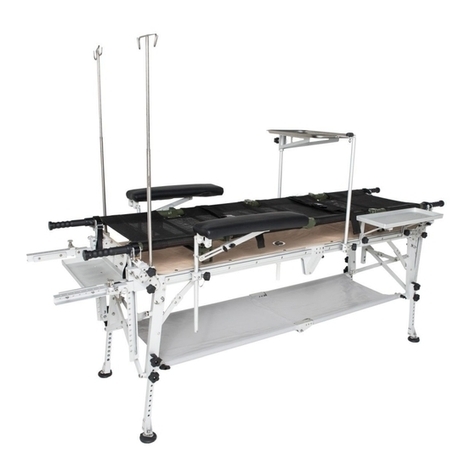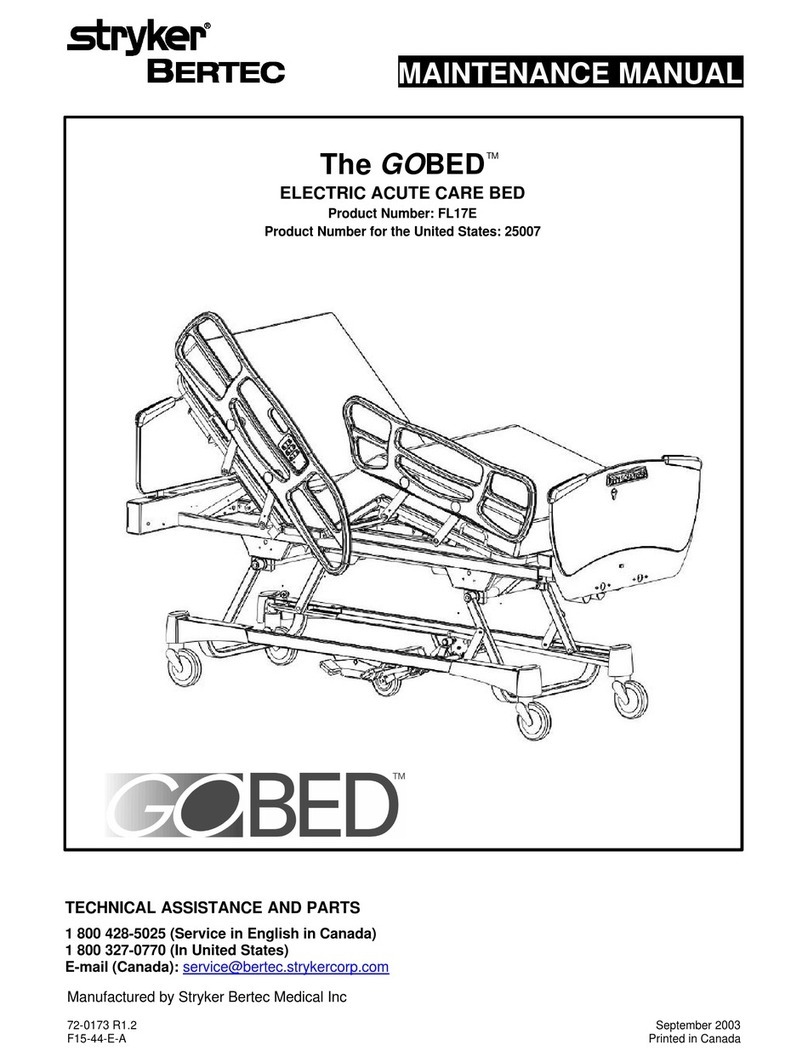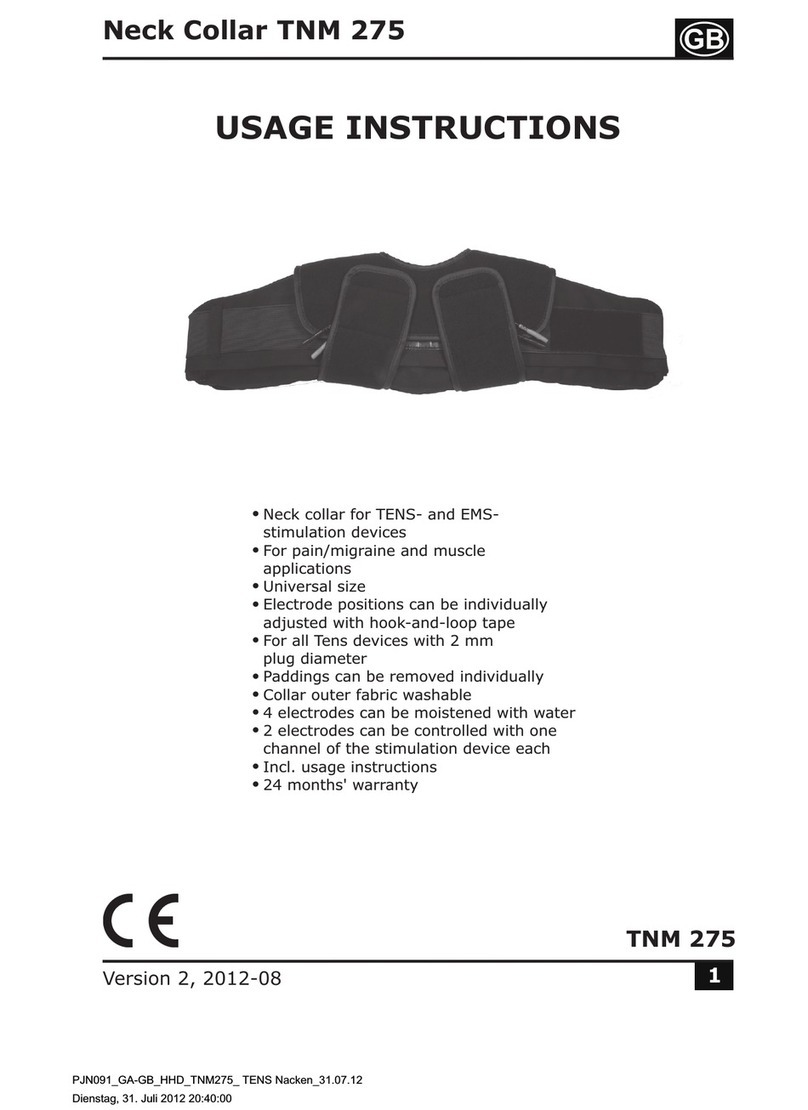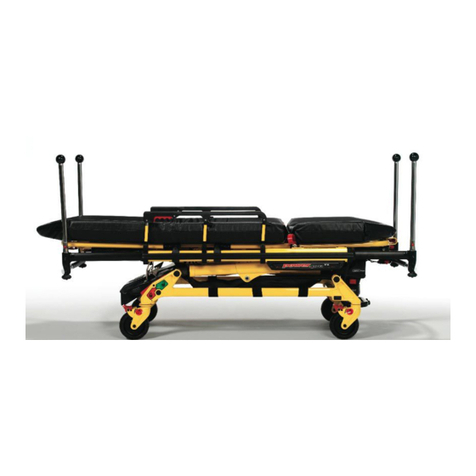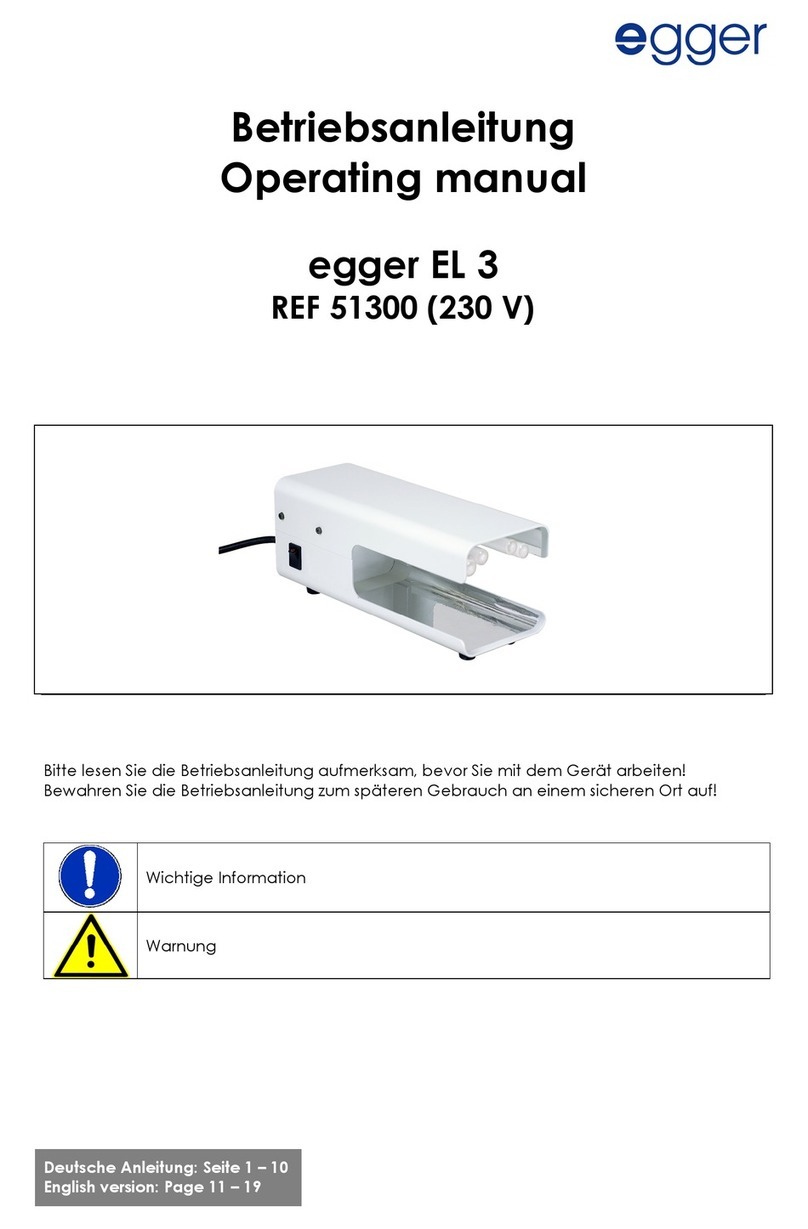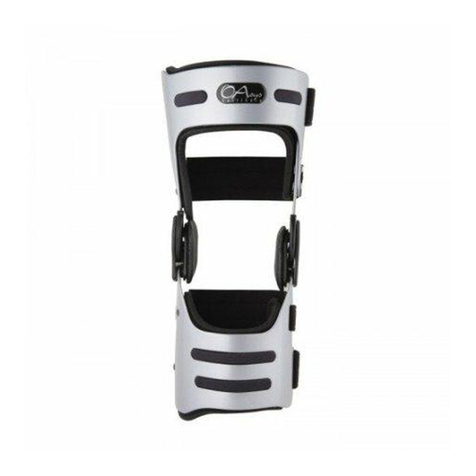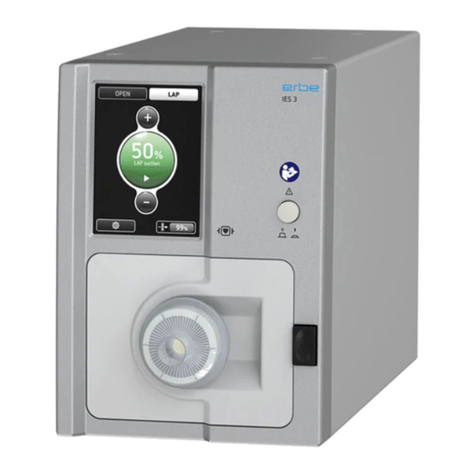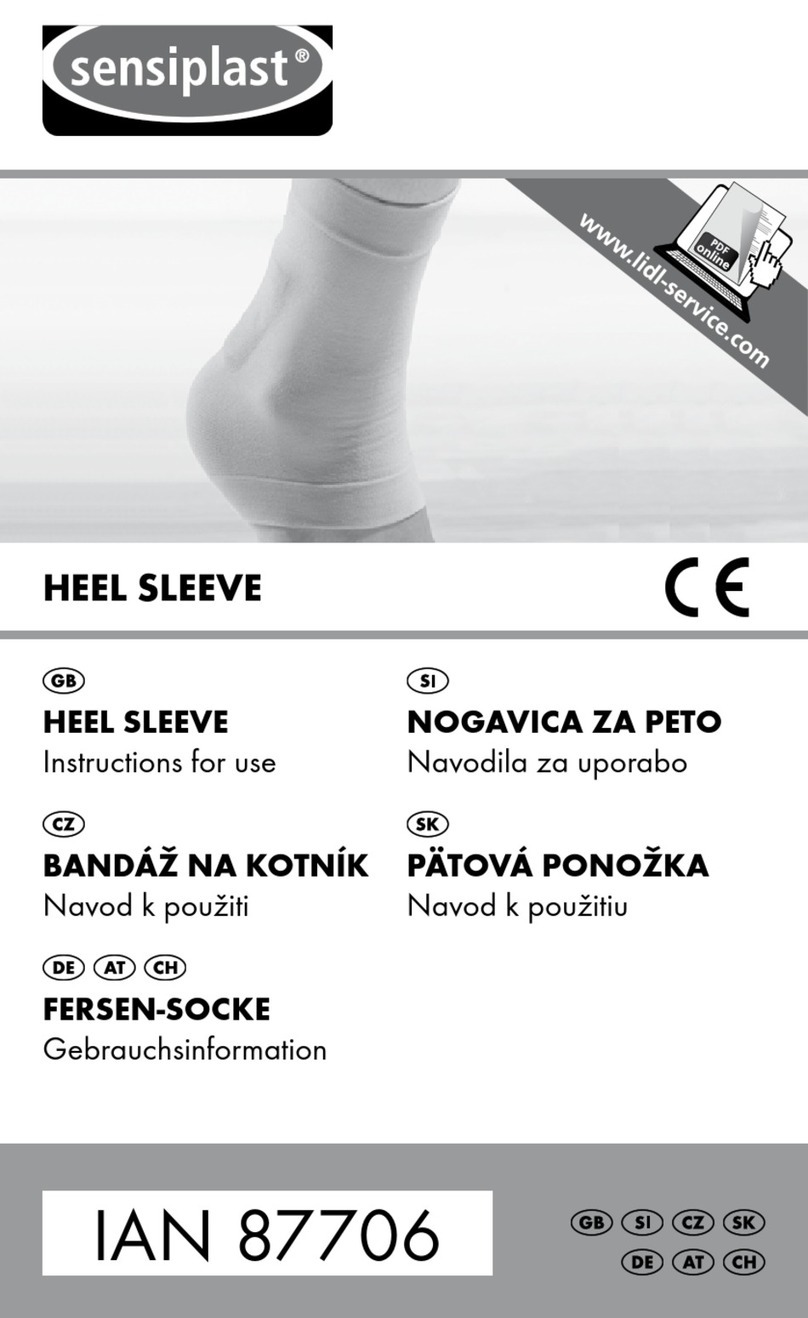
7
Chapter 2 - Warnings and Cautions
In Figure 2-1 the StimRouter Lead (A) implant is outside the “Reduced Zone.” The entire StimRouter
Lead is at least 50 cm away from the center of the MR system’s bore (the iso-center) and at least
16 cm outside of the MR coil measured from the edge of the MR coil. In Figure 2-1, the StimRouter
Lead (B) implant is inside the “Reduced Zone.” StimRouter Lead (A) is shown implanted in the
lower leg and StimRouter Lead (B) is shown implanted in the arm.
To ensure patient safety relative to potential heating of the implanted StimRouter Lead, clinicians
performing MR procedures on implanted patients should adhere to the following conditions:
When using full body transmit RF coil:
• When the entire StimRouter is outside of the Reduced Zone, the reported whole-
body-averaged SAR does not exceed 2 W/kg at 1.5 T and 2 W/kg at 3 T. Do not scan
patients with a SAR level exceeding 2 W/kg. A MR scan performed with a SAR level
above 2 W/kg may increase the risk of unacceptable MRI-related heating of the
implanted StimRouter Lead.
• When all or part of the StimRouter Lead is inside the Reduced Zone, reduced values
of WB SAR and B1 should be utilized in order to result in acceptable tissue
temperature increases of 2°C, 5°C, and/or 6°C. See Tables 2-1 and 2-2 for the WB
SAR and B1 values recommended for use when all or part of the StimRouter Lead
implant is within the Reduced Zone during the MR procedure.
When using head transmit RF coil:
• Limit head SAR to 3.2 W/Kg and otherwise follow normal operation procedures of the
MR system for patients when all or part of the StimRouter Lead implant is located at
the shoulder or at lower areas of the body.
• Do not use RF head transmit coil when all or part of the StimRouter Lead implant is
located above the level of the acromioclavicular joint.
• Under these conditions, the maximum calculated temperature rise at the implanted
StimRouter Lead did not exceed 0.1°C for the Lead implanted in either the shoulder or
any area of the body below the shoulder.
Information regarding the precise anatomical position of the implanted StimRouter Lead is necessary
for performing routine MRI procedures. Prior to initiating any MR procedure, the clinician should
review the patient’s Medical Device Identification Card, communicate directly with the implanting
physician, and/or obtain an x-ray to determine the precise anatomic location of the implanted
lead in the patient’s body.
Patients also must be screened for previously implanted (active or abandoned) medical devices,
leads, lead extenders or lead adapters.




















